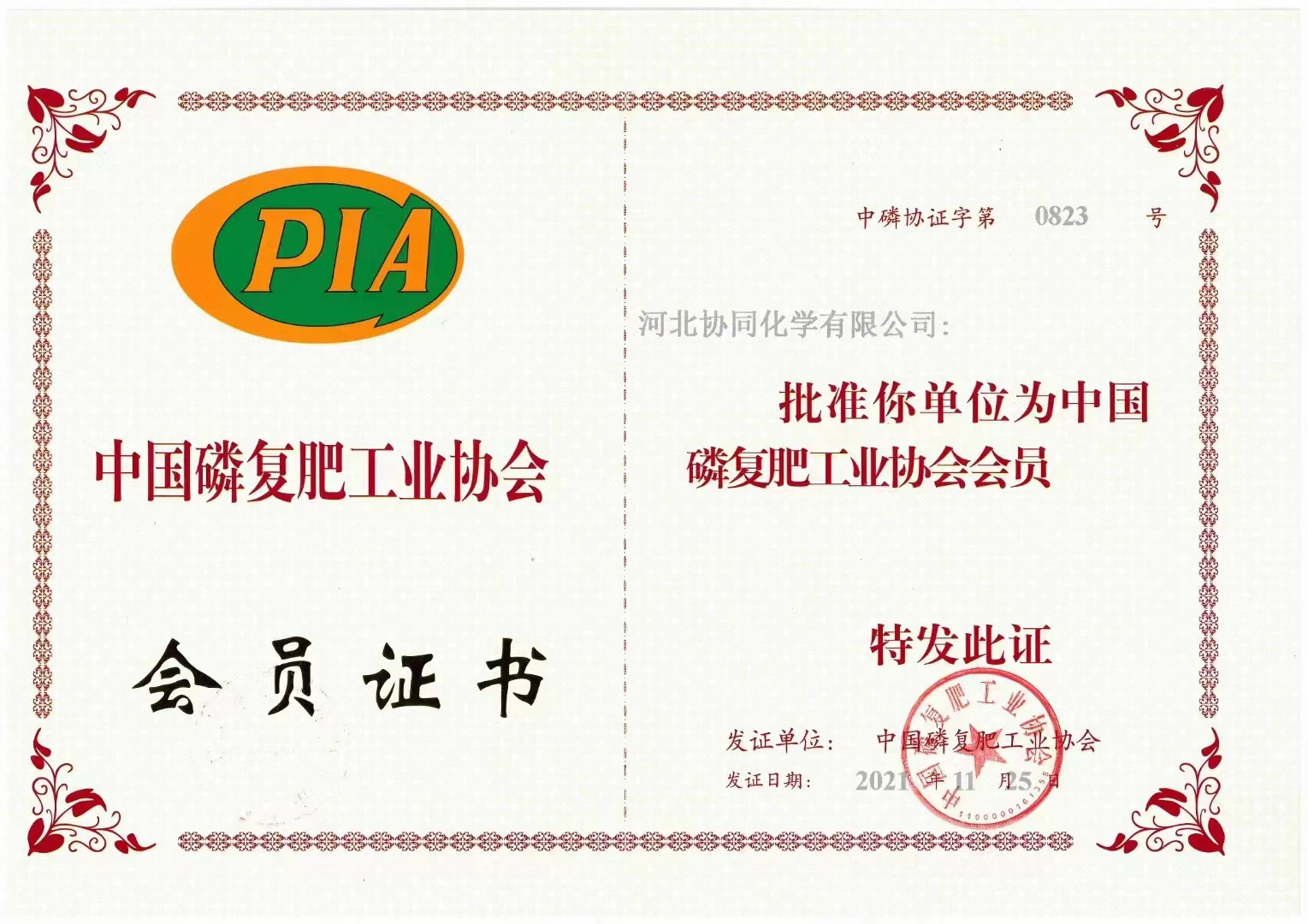
News
12월 . 04, 2024 12:37 Back to list
Exploring Suppliers for High-Quality Humic Acid Structure and Composition Analysis
Understanding the Structure of Humic Acid and Its Importance in Agriculture
Humic acid is a complex mixture of organic compounds formed from the decomposition of plant and animal matter. It is a key component of humic substances, which play a vital role in soil health, plant growth, and overall ecosystem stability. As suppliers and researchers delve deeper into the structure of humic acid, it becomes evident that its molecular complexity and functional properties contribute significantly to its effectiveness as an agricultural amendment.
Structure of Humic Acid
The structure of humic acid is not uniform; it varies based on its source, the organic matter from which it is derived, and the conditions under which it is formed. Generally, humic acid is characterized by a large, varied, and irregular molecular structure. It consists of a mixture of different compounds, including phenolic compounds, carboxylic acids, quinones, and aliphatic chains. These components contribute to the overall properties of humic acid, allowing it to interact with minerals, nutrients, and microbial communities in the soil.
The molecular structure of humic acid can be divided into two main parts the relatively stable polycyclic aromatic structures and the more reactive aliphatic chains. The polycyclic aromatic structures are responsible for the stability and persistence of humic acids in the soil, while the reactive sites in the aliphatic portions facilitate interactions with nutrients and soil particles.
Physicochemical Properties and Functional Groups
One of the most significant characteristics of humic acid is its ability to chelate or bind various essential nutrients, such as magnesium, calcium, potassium, and iron. This chelation is largely attributed to the functional groups present in the structure of humic acid, primarily carboxyl and phenolic groups. These functional groups allow humic acid to maintain nutrients in available forms for plants, enhancing nutrient uptake and optimizing fertilization strategies.
Moreover, humic acid possesses excellent water retention capabilities. Its unique structure and high surface area contribute to this property, allowing it to absorb and retain moisture in sandy soils, which are typically prone to drought. By improving soil moisture retention, humic acid promotes plant growth and helps mitigate water stress.
humic acid structure supplier

Benefits of Humic Acid in Agriculture
The use of humic acid in agriculture has gained immense popularity due to its multiple benefits. It enhances soil fertility by improving the availability of nutrients, stimulates microbial activity, and helps in the breakdown of organic matter. By promoting a healthy soil ecosystem, humic acid leads to improved plant health and increased yields.
Furthermore, humic acid improves soil structure, promoting aeration and root penetration. This is particularly important for compacted soils, where root growth can be restricted. By improving soil structure, humic acid creates a better environment for plant roots to thrive.
In addition to enhancing nutrient availability and improving soil structure, humic acid has been shown to boost the resilience of plants to environmental stressors such as drought, salinity, and disease. The use of humic substances in conjunction with fertilizers can also reduce the need for chemical inputs, leading to more sustainable agricultural practices.
Supplier Insights and Market Trends
As the demand for organic and sustainable agricultural solutions grows, the market for humic acid is expanding. Numerous suppliers offer various formulations of humic acid products, including liquid humic acid, powdered products, and granules. These products cater to different application methods, be it through soil amendments, foliar sprays, or incorporated into growing media.
In conclusion, the intricate structure of humic acid, with its diverse functional groups and molecular complexity, underpins its vast benefits in agriculture. By enhancing nutrient availability, improving soil health, and supporting plant resilience, humic acid proves to be an indispensable tool for modern agricultural practices. As suppliers continue to innovate and refine humic acid products, farmers and agronomists will be better equipped to harness its potential for sustainable food production.
-
Polyaspartic Acid Salts in Agricultural Fertilizers: A Sustainable Solution
NewsJul.21,2025
-
OEM Chelating Agent Preservative Supplier & Manufacturer High-Quality Customized Solutions
NewsJul.08,2025
-
OEM Potassium Chelating Agent Manufacturer - Custom Potassium Oxalate & Citrate Solutions
NewsJul.08,2025
-
OEM Pentasodium DTPA Chelating Agent Supplier & Manufacturer High Purity & Cost-Effective Solutions
NewsJul.08,2025
-
High-Efficiency Chelated Trace Elements Fertilizer Bulk Supplier & Manufacturer Quotes
NewsJul.07,2025
-
High Quality K Formation for a Chelating Agent – Reliable Manufacturer & Supplier
NewsJul.07,2025
